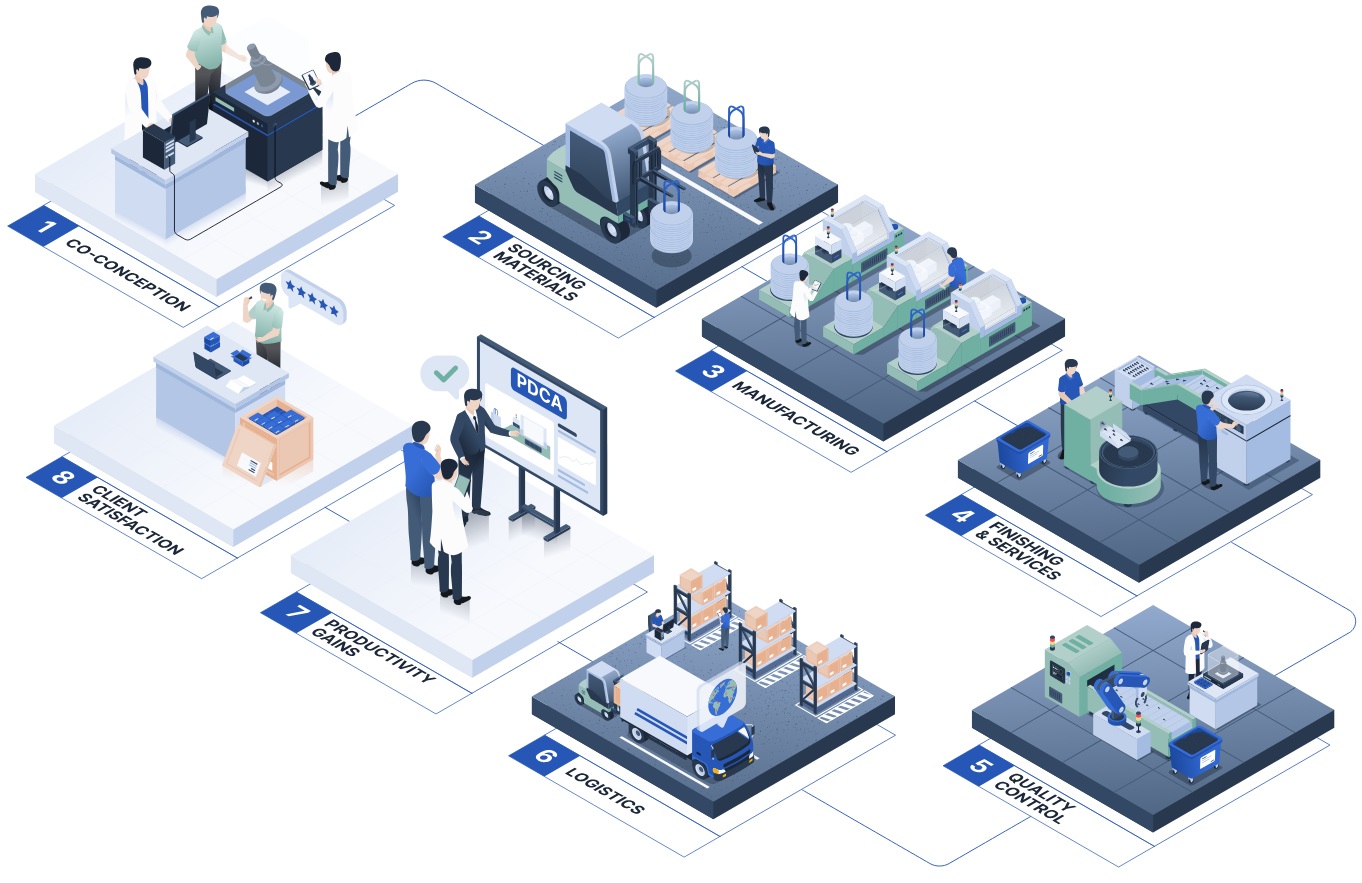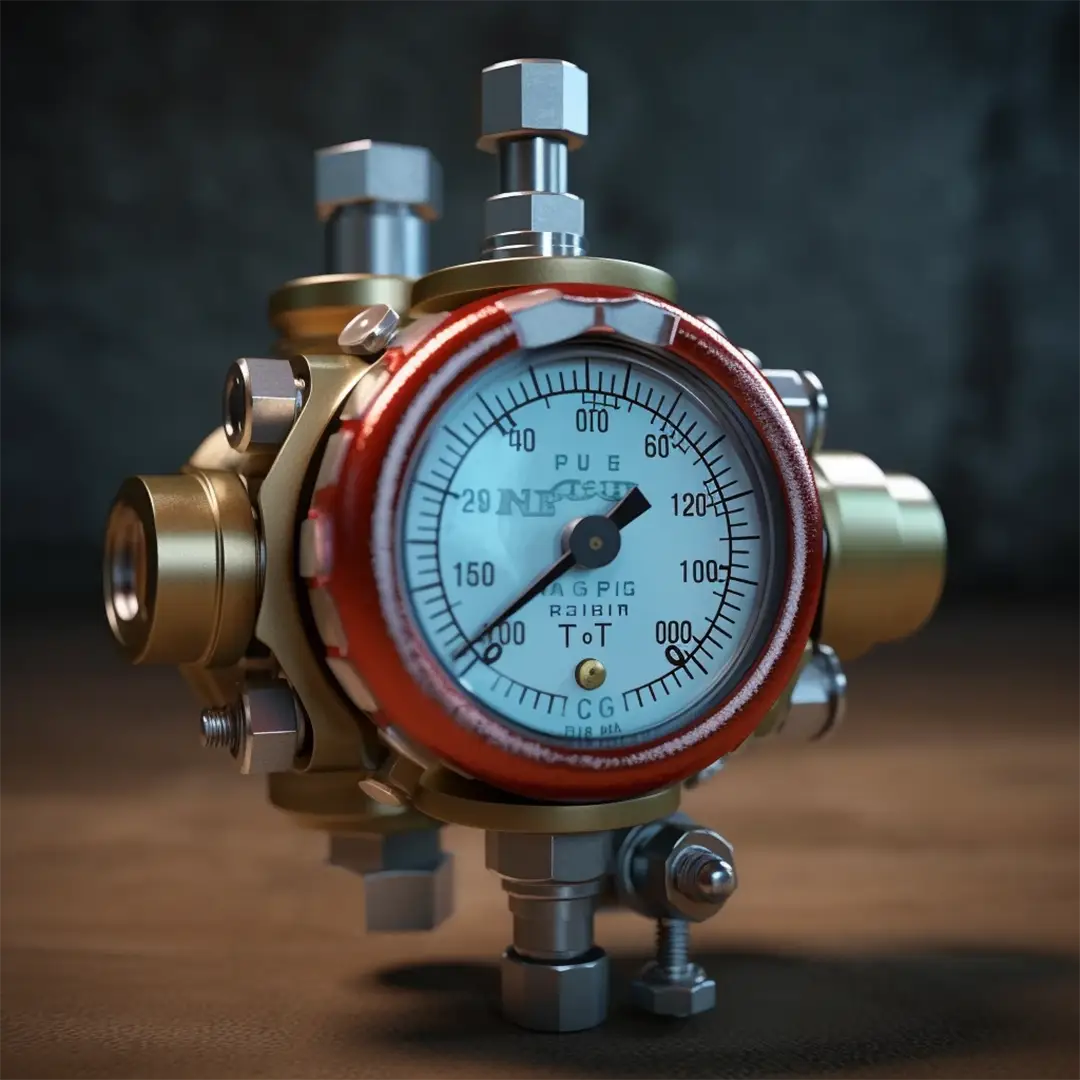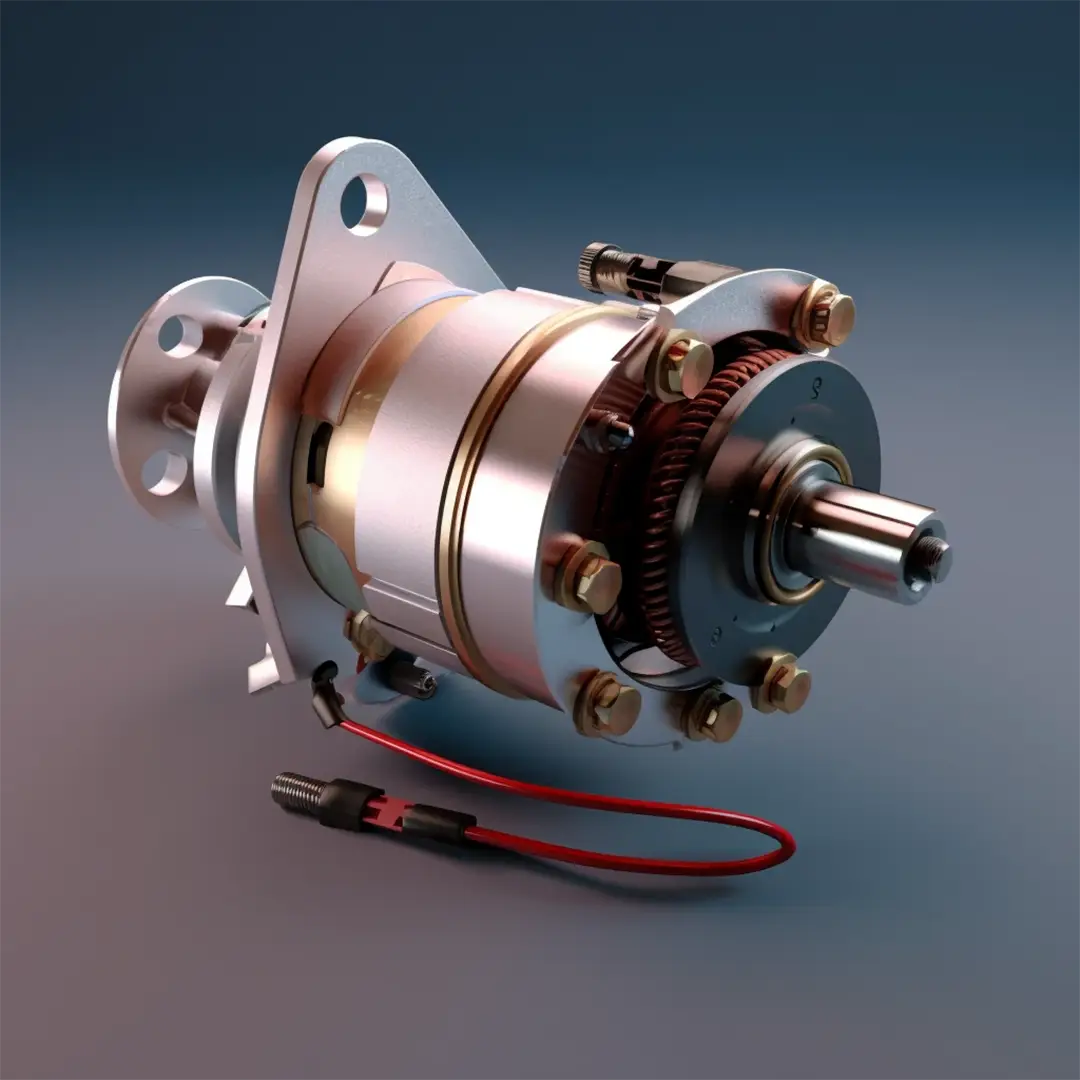2, rue de la Ternière
Avrille Cedex FRANCE
- 150 million custom pins designed per year
- Co-designer of custom fasteners for 100 years
- From Ø1.5 to Ø25 and from 8 mm to 100 mm.
- Steel (free cutting, stamping, carbon, alloyed...), Stainless Steel (CNF or CND) Aluminum, Brass, etc.
Custom pins are cylindrical fasteners that have undergone precision machining and bar turning. Each turned pin is produced with precise dimensional tolerances, ensuring a perfect fit in your specific assemblies.
Custom pin - low-cut cylindrical pin





Custom pin - low-cut cylindrical pin







- Feasibility control using the FMEA tool, which is used to analyze failure modes, their effects and their criticality.

- Manufacture of initial samples in medium series, and validation of production with PPAP according to the IATF 16949 standard.

- Development of detailed production processes according to the APQP quality process

- Collection and analysis of production data to identify trends and variations. 3PPM in 2023.
The advantages of LGC Industries manufacturing


.png)

.png)


- 24 Multi-spindle lathes
- 45 Spins Escomatic
- 42 Fluting machines
- 8 Plunge and thread grinding machines
Learn more about the technical characteristics of our products
Discover other products
Custom pins are mechanical parts that have undergone a bar turning operation (an action that aims to machine a part by removing material) in order to customize the geometric characteristics (flat grooves, trolleys, threads, threads, branches, milling) according to customer requirements.
Thanks to the use of CAD and CNC machining and/or conventional Escomatic lathe type, each custom pin is produced with precise dimensional tolerances, ensuring a perfect fit in the assembly.
This process has several names such as micro machining, micro turning, mechanical turning or precision bar turning. In any case, this process is part of the family of mechanical machining and/or precision machining, the production of mechanical parts by turning, of reduced size with maximum precision.
The metal shaft and/or the pin are used in numerous sectors of activity: automotive, plastics, medical, household appliances.
There are various application cases for different types of pins:
- Mounting pin
- Clamping pin
- Positioning pin
The majority of our customers use this mechanical part in metallic environments, however the turned pin can be overmolded in injected plastic. This material versatility ensures that the mechanical part is suitable for a wide range of applications, from the automotive industry to advanced electronics.
What is a turned piece?
Machining by free cutting is a manufacturing technique that consists in developing components by removing material. This method is adapted to various materials such as steel, titanium, aluminum, aluminum, brass and stainless steel and it can be found in all the sectors covered by the industry: mobility, household appliances, electronics, robotics, nuclear, etc.
A turned part is the result of a process called bar turning, during which the part undergoes a “rework” operation, involving the removal of material.
Screw-makers like LGC use this technique dating from the 18th century, it is frequently used to give precise geometric shapes to parts in large series. Turned pieces can take on a variety of shapes, ranging from banal shapes to very complex shapes.
We often opt for bar turning because of its speed and efficiency in the production of parts with strict tolerances in large series.
The bar turning process allows bar operators to combine precision machining and repeatability.
I am learning more about bar turning
What is a low-cut pin?
There are a multitude of types of pins, all of which have different functions: The fluted pin, The rectified pin, The smooth pin and the low-cut pin.
A pin with specific bar turning is a cylindrical pin or cleavage metal shaft that has undergone a machining operation called: bar turning. This precision machining operation is carried out on a CNC lathe or a conventional lathe. The axis/pin design is carried out on CAD software by the design office. Eco-design is at the heart of the company's values, this is reflected, for example, in the optimization of the machining operation, in fact it is possible to reduce the quantity of material to be removed by choosing the raw material and the appropriate tools.
Therefore, we can adjust the shape of the low-cut pin to your project.
Consult us with a need, we will take care of the solution. The turned pin offers you very great flexibility in assembling your parts.
How are pins with LGC specific turning made?
To manufacture a specific low-cut pin, there are several steps.
First of all, the first step is to gather the customer need, in fact understanding this need is the first first key to the success of a project.
The second step is the prototyping phase.
Indeed, LGC is in a position to provide prototypes in order to decide between several solutions designed by the design office or to confront the final product in order to identify differences with customer needs.
Once the solution is validated, the industrialization stage comes, the methods office determines the tools adapted to cutting the material, according to the grade and the desired shape.
Initial samples are produced and checked for a quantity ranging from 100 to 50,000 pieces.
We check the turned pins with our instruments and our high quality control tools in order to be certain of the conformity of our parts. Among the important criteria are geometric dimensions: dimensions, tolerances, tolerances, surface states, bulge diameter but also mechanical characteristics: hardness, chemical composition, Young's modulus, crystalline structure, crystalline structure, thickness and composition of the chemical cover. All of these criteria are screened and if they are declared compliant by the quality department and the customer, then this makes it possible to validate the manufacturing process and the entire supply chain.
Then came the serial life of the low-cut pin.
The piece will be produced according to customer orders. Each production is constantly monitored, which makes it possible to detect defects quickly and to implement preventive or corrective actions effectively.
Before shipping the turned pins, we once again subject them to conformity checks carried out by our employees as well as high-tech machines (three-dimensional laboratory, 100% control machine, digital profile projector) LGC is tending towards 0 PPM, a guarantee of quality for all advanced industrial sectors.
What are the advantages of the pin with specific turning?
The specific turned pin is a pin belonging to the pin family with specific turning and which allows the fixing, positioning and centering of several parts while offering considerable advantages:
- Better precision: thanks to a specific turning process, it is possible to achieve increased dimensional accuracy for the pin, thus facilitating the assembly process and improving the accuracy of the fastening.
- High strength: the contact surface created by the bar turning between the pin and the parts optimally increases the shear resistance of the turned pin and allows durability over time.
- Less wear: the parts are generally worn by their components, thanks to the turned pin, there is a reduction in friction between the pin and the parts.
- Anticorrosion: in environments prone to corrosion, bar turning can increase the reduction of pin corrosion by more than 50% thanks to shapes optimized for the evacuation of fluids or the distribution of lubricant.




















